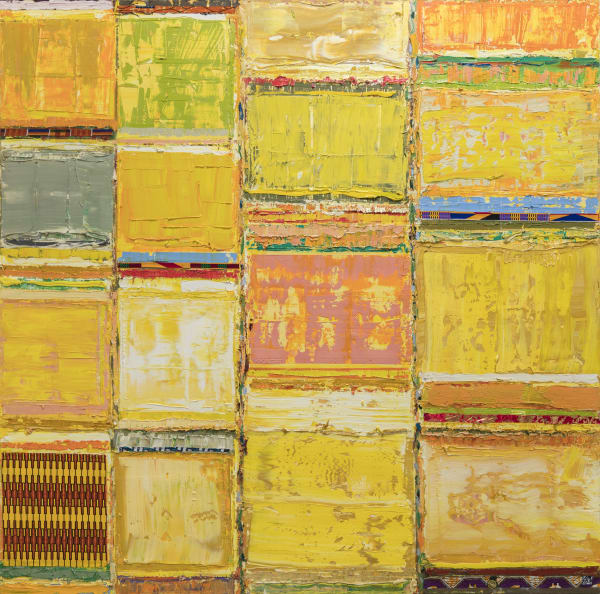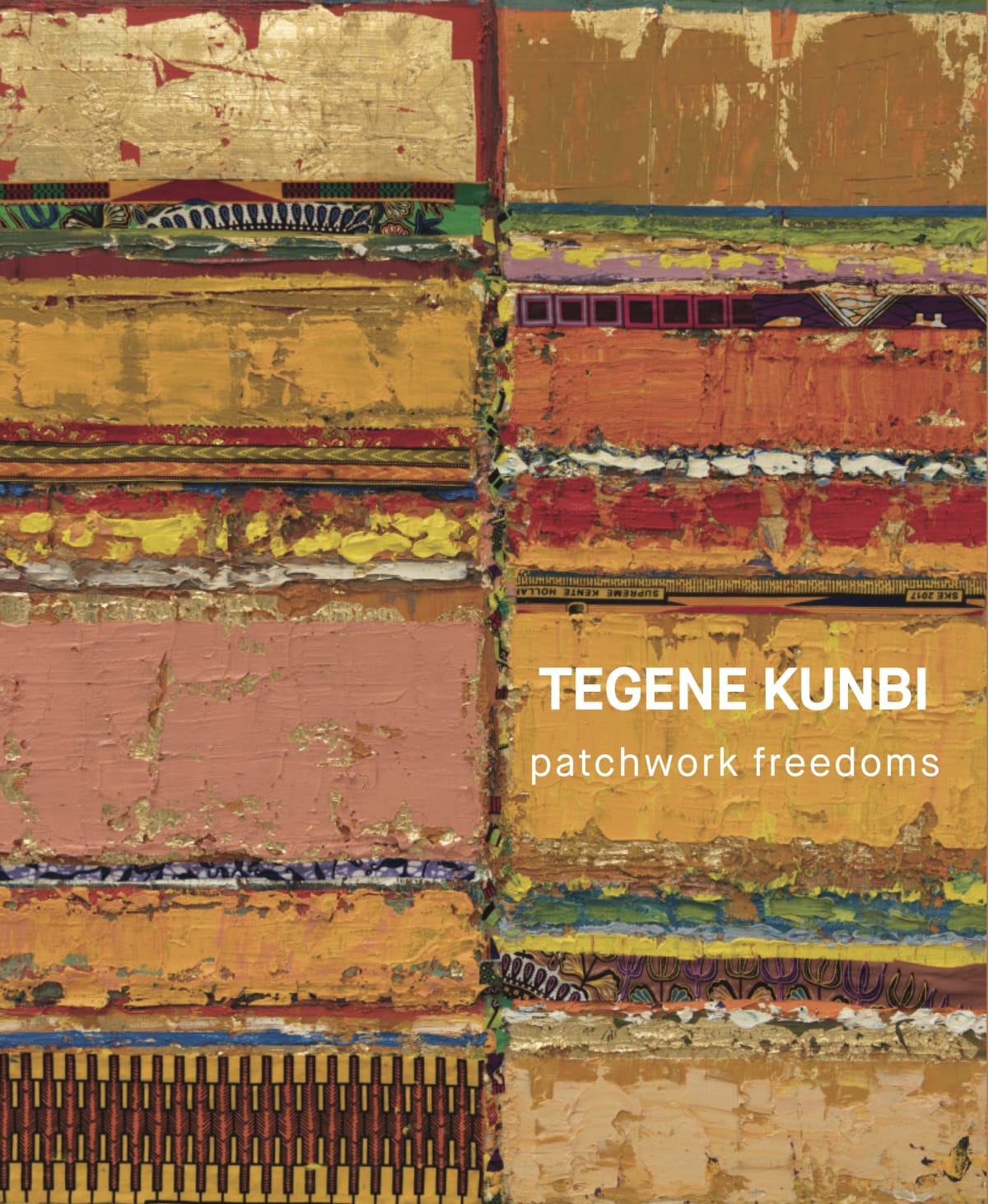Patchwork Freedoms: Tegene Kunbi
-

Tegene Kunbi
Confusion 2023
Oil on canvas with textile
40 × 30 cm
-

Tegene Kunbi
Medley 2023
Oil on canvas with textile
40 × 30 cm
-

Tegene Kunbi
Multiplicity 2023
Oil on canvas with textile
40 × 30 cm
-

Tegene Kunbi
Cushion 2023
Oil on canvas with textile
40 × 30 cm
-

Tegene Kunbi
Quit 2023
Oil on canvas with textile
30 x 25 cm
-

Tegene Kunbi
Cut 2023
Oil on canvas with textile
40 × 40 cm
-

Tegene Kunbi
Jumble 2023
Oil on canvas with textile
80 × 60 cm
-

Tegene Kunbi
Something New 2023
Oil on canvas with textile
100 × 80 cm
-

Tegene Kunbi
Informal Law 2023
Oil on canvas with textile
70 × 50 cm
-

Tegene Kunbi
Popular Will 2023
Oil on canvas with textile
80 × 60 cm
-

Tegene Kunbi
Really Broken 2023
Oil on canvas with textile
100 × 80 cm
-

Tegene Kunbi
Absurd Degree 2023
Oil on canvas with textile
100 × 80 cm





















